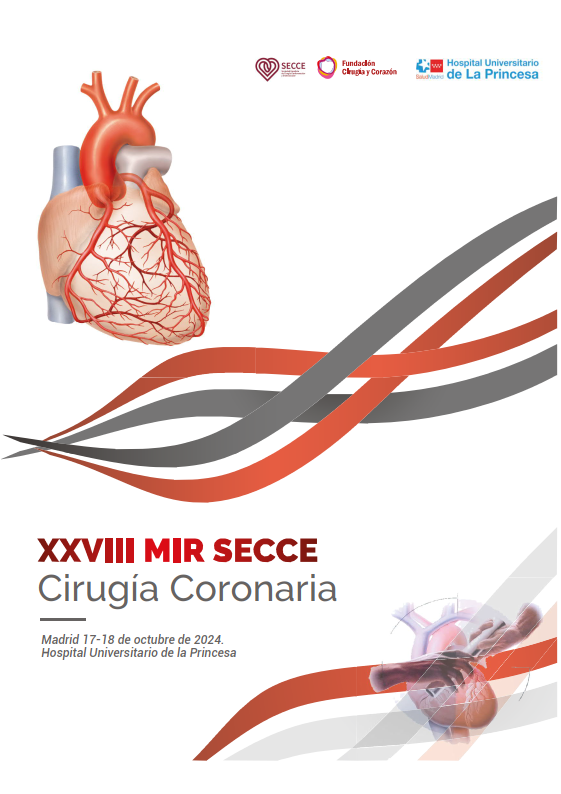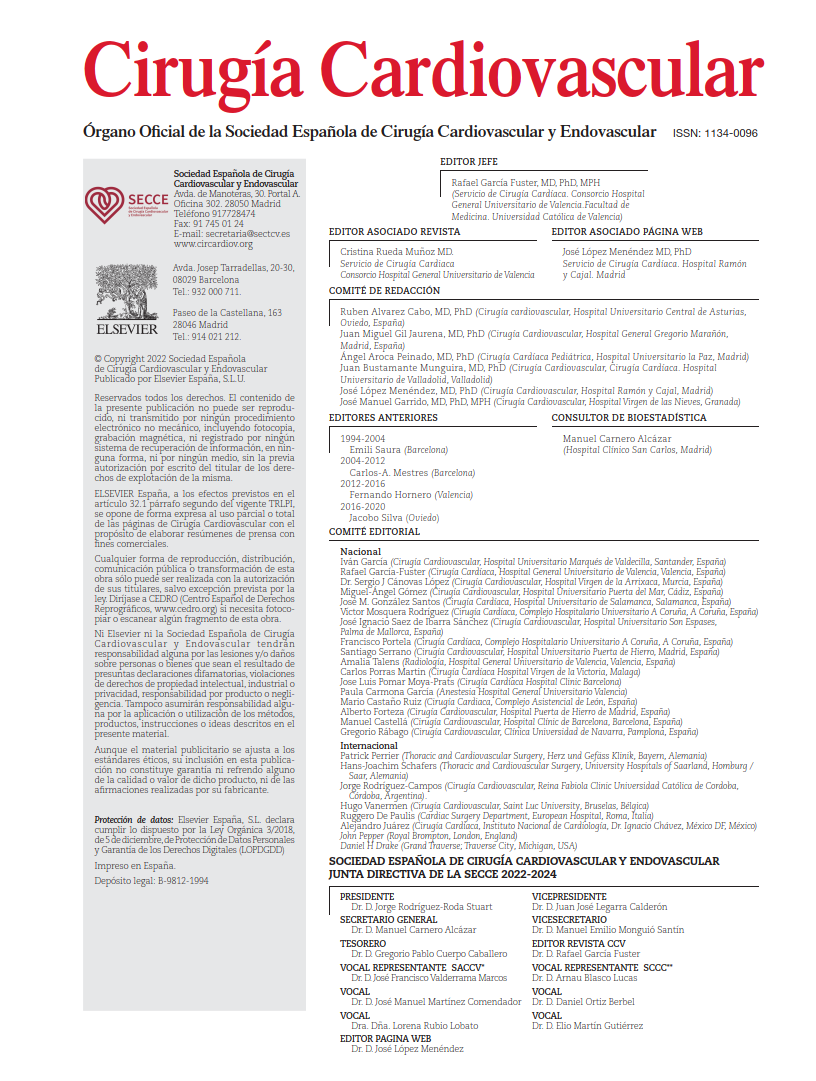Intraoperative myocardial protection during ischemia is one of the most critical components for achieving favorable surgical outcomes. However, considerable variability in myocardial injury is observed among patients receiving the same cardioplegia type, suggesting that its effectiveness may be modulated by patient-specific variables, such as pre-existing ventricular dysfunction. This study aims to identify such determinants and assess their impact on postoperative myocardial injury, particularly in the heart failure population.
At the institution where this analysis was conducted, two established cardioplegia protocols are routinely employed: del Nido and cold blood (miniplegia). The selection between these strategies is made by each individual surgeon, based on a personalized assessment of each patient. Factors considered include the surgical complexity, estimated aortic cross-clamp duration, fluid management status, potential allergies, and baseline hematologic values. These considerations formed the central hypothesis of the study: that baseline patient characteristics significantly influence myocardial protection efficacy, and that this effect may vary depending on the cardioplegia employed.
Institutional registry data were reviewed to identify patients with LVEF below 40%. Although the objective was not to directly compare the two cardioplegia protocols, the cohort was stratified into del Nido and cold blood groups to evaluate potential differences. In the del Nido protocol, the solution is prepared by mixing a crystalloid base with the patient’s blood in a 4:1 ratio (crystalloid:blood). In contrast, the cold blood solution is mixed in a 1:4 ratio (crystalloid:blood), resulting in a higher blood content.
A cohort of 508 patients with LVEF below 40% undergoing cardiac surgery was analyzed, comparing the two cardioplegia strategies to assess the relationship between postoperative troponin levels and LVEF decline, in the context of preoperative laboratory markers (hemoglobin, hematocrit, leukocyte count, creatinine) and intraoperative times (aortic cross-clamp and cardiopulmonary bypass). Results showed that, in the del Nido group, low preoperative hemoglobin and hematocrit were associated with higher postoperative troponin levels. This association was not evident in the cold blood group. However, an elevated leukocyte count was directly associated with increased troponin release, a relationship more pronounced in the cold blood group. Furthermore, prolonged cross-clamp and bypass durations were associated with a greater risk of postoperative LVEF decline, particularly in the cold blood group.
These findings suggest that multiple factors modulate myocardial protection efficacy and that tailored cardioplegia strategies may be beneficial. Based on the study results, cold blood cardioplegia may offer advantages in anemic patients, whereas del Nido cardioplegia could be more effective in patients with elevated preoperative leukocyte counts or anticipated prolonged cross-clamp times. Nonetheless, prospective studies are warranted to further evaluate the specific benefits of each protocol.
COMMENTARY:
This article highlights the importance of individualized assessment in myocardial protection strategy selection. A thorough preoperative evaluation—considering medical history, laboratory findings, and the specific surgical procedure—is essential, as myocardial protection needs may differ significantly between, for instance, coronary revascularization and valve replacement.
Therefore, cardioplegia choice should be personalized. Both del Nido and cold blood cardioplegia have demonstrated clinical benefits. Although further studies are needed to determine long-term outcomes across diverse patient profiles, del Nido cardioplegia appears advantageous in procedures involving extended cross-clamp and cardiopulmonary bypass durations. Its single-dose delivery enables surgeons to operate without the interruption of repeated dosing.
In contrast, cold blood cardioplegia may be more beneficial in anemic patients due to its higher blood content (1:4 crystalloid-to-blood ratio), which reduces hemodilution and helps maintain higher hemoglobin levels intraoperatively.
While this study focuses on patients with reduced LVEF, the findings regarding the respective advantages of each cardioplegia protocol could potentially be extrapolated to patients with preserved ventricular function. However, continued retrospective and prospective research is essential to further delineate the optimal use of each strategy in different clinical scenarios.
REFERENCE:
Sanetra K, Gerber W, Buszman PP, Mazur M, Milewski K, Kaźmierczak P, et al. Determinants of Inadequate Cardioprotection in Adult Patients with Left Ventricular Dysfunction. Thorac Cardiovasc Surg. 2024 Oct;72(7):489-497. doi: 10.1055/a-2141-8105. Epub 2023 Jul 26. PMID: 37494967.



